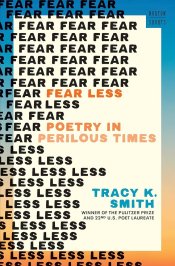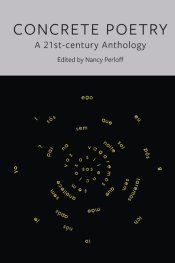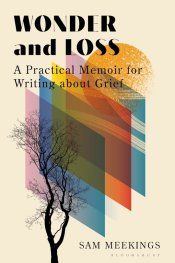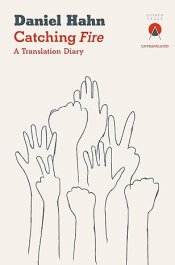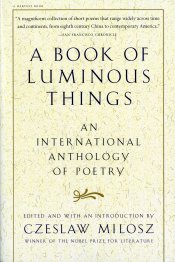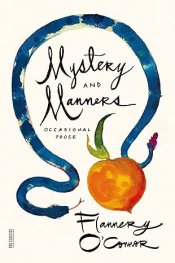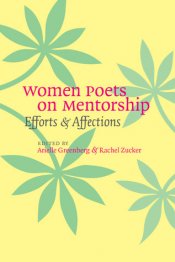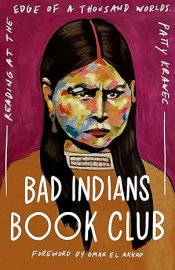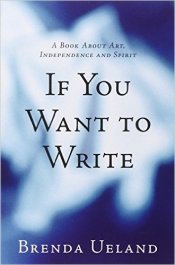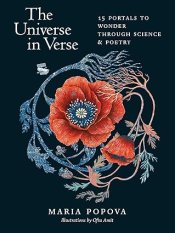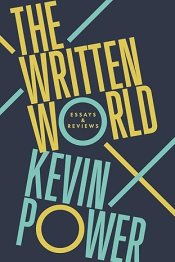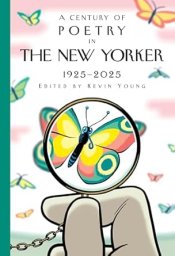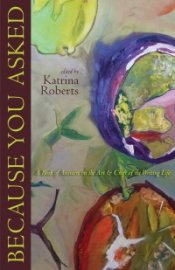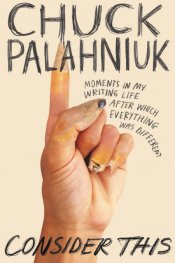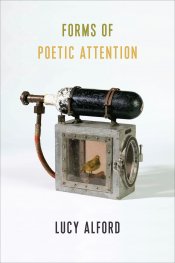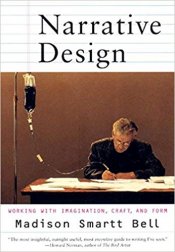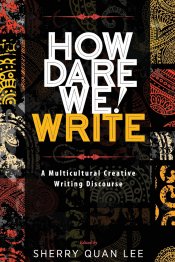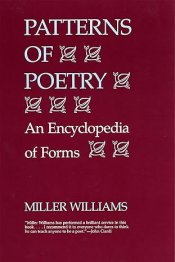Talking to Writers: The Craft of Fiction

In Talking to Writers, interviews from thirty years of the annual Writer’s Symposium by the Sea are collected and introduced by host and director of Point Loma Nazarene University’s journalism program Dean Nelson. Renowned writers—such as Billy Collins, Anthony Doerr, Nick Hornby, Jane Smiley, Amy Tan, Amor Towles, and Alice Walker—discuss their motivations, struggles, discipline, and ways they get ideas. The responses from questions posed by Nelson offer encouragement and inspiration as authors open up about their own beginnings, struggles, and victories. “I started the Symposium to model, inspire, and celebrate great writing. Interviewing these writers was a way for me to say to our audience, and now to you, ‘ aspire to this,’” writes Nelson in the introduction. “If you don’t consider yourself a writer now, you’ll have a change of heart as you read these conversations.”





